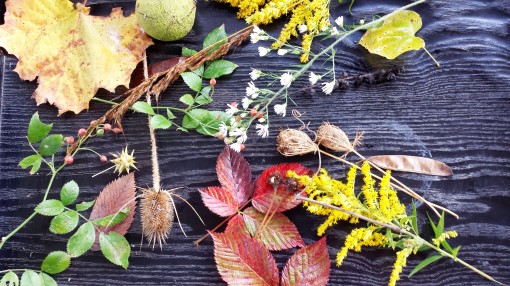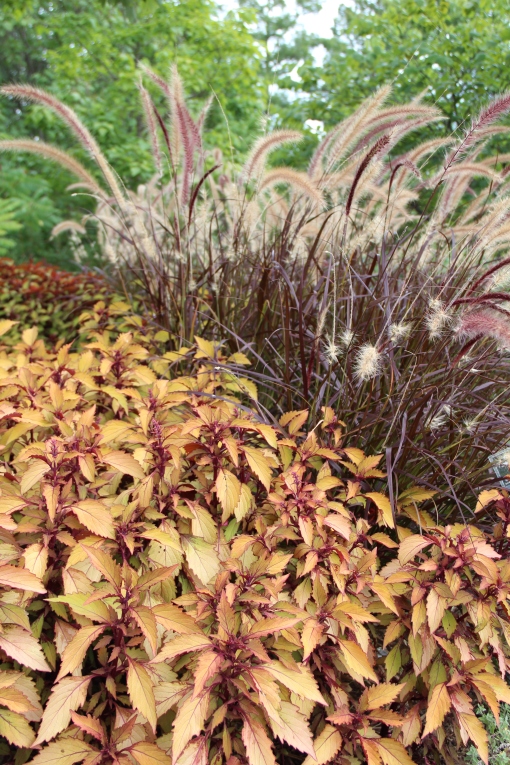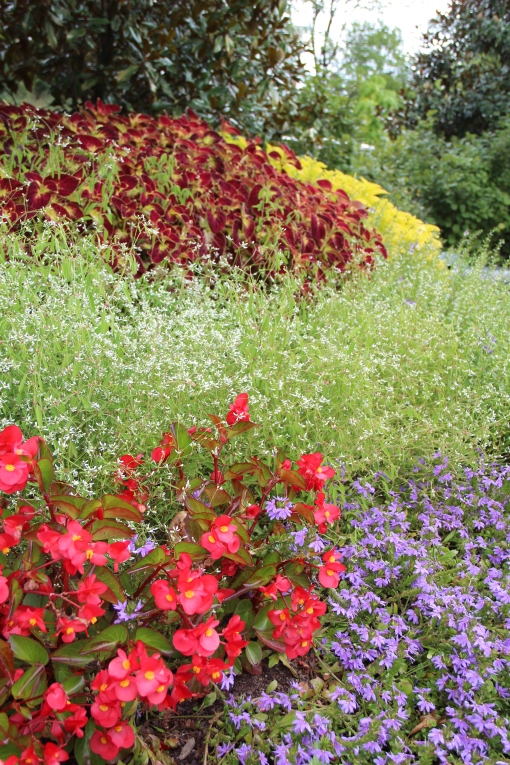 Dose of denial keeps summer around no matter what calendar says
Dose of denial keeps summer around no matter what calendar says
By Michael Leach
The calendar shows autumn officially arrived September 23. Well excuse me, but I’m not ready to give up summer just yet.
Granted this summer is a doozie. (Note the use of the present tense, I’m firmly in denial.) This summer is extremely hard to love, even for one who rarely complains about the heat, humidity and insects. (This apparent content is hardly a virtue. My venom is reserved to carp about winter from the first to last frost.)
We’ve had all three summer issues in 2015 but the insects were especially horrific. First came legions of chiggers. As their wounds slowly healed, I began donating several pints of blood a week to vicious clouds of ravenous mosquitoes.
Avoiding some sort of fungal infection wasn’t easy during the monsoon season of early summer when record rain fell in June and July in our part of the Midwest. Another hard to resist temptation was taking antidepressants while those soggy clouds lumbered overhead for weeks on end. Seeing moon and stars — or the sun — became cause for celebration. (We had few celebrations until mid-August.)
Then came September with a mini drought that is forcing me to irrigate, a loathsome task in my book. At least mosquitoes are down for the count allowing almost pest-free patio sitting. While a sweatshirt or jacket is required for morning coffee, I realize this summer patio pleasure was sorely missed.
The other evening, nature almost made up for all the ills. As I gazed at the top of the sycamore warmly suffused with the amber sunset, four or five Monarch butterflies fluttered and swooped among the high maple branches. They alit and stayed, apparently roosting for the night. As this amazing fact sank in, I glanced to the tree tops again and spotted the moon, a pearl against the clear blue sky.
Such a memory will be an even greater treasure when the most ardent of the lovers of summer sits housebound, waiting for spring














